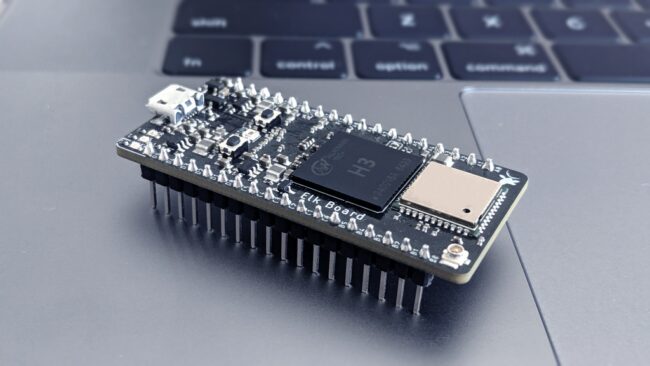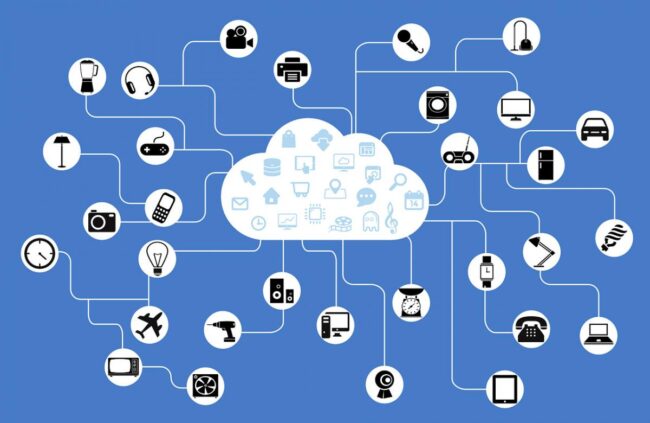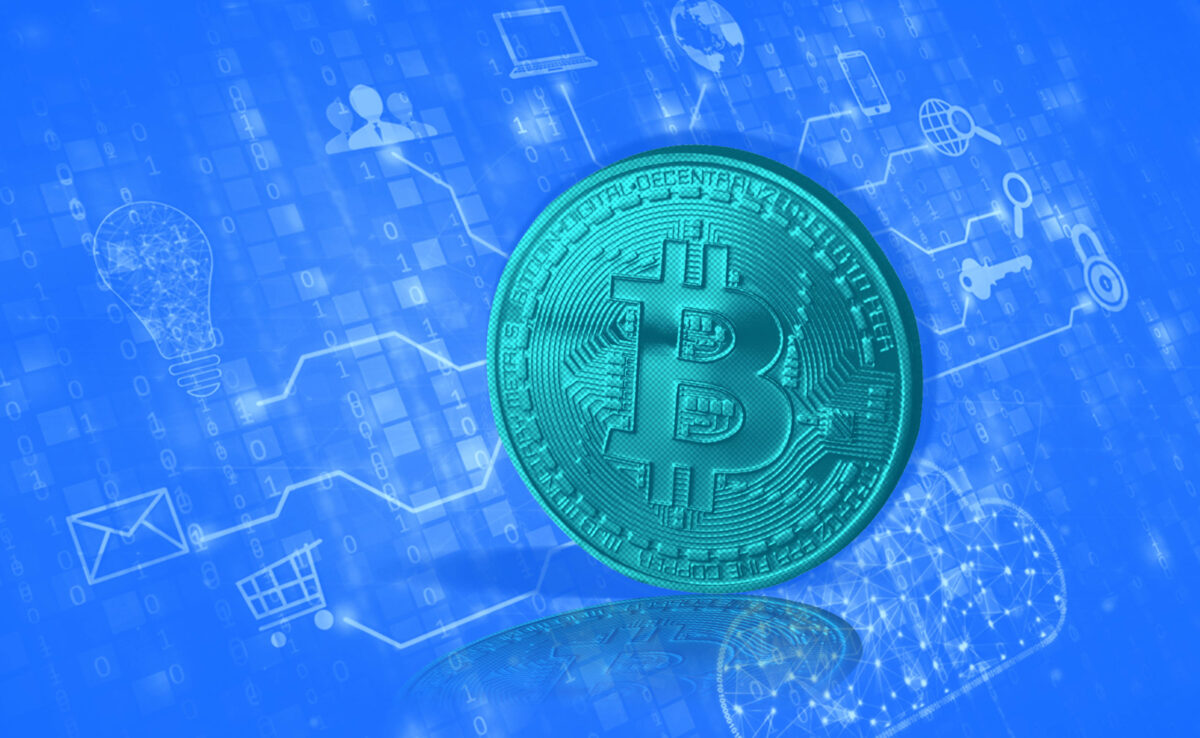IoT is a short-term for The Internet of Things and it refers to a system of devices that are internet-connected and that receive and transfer data over a wireless network. The whole process is happening without human intervention. IoT actually has several applications and all of them have the same purpose of making homes safer and more protected. Smart homes are using these applications to automate everything such as their lighting, security, HVAC systems, etc. In the last few years, IoT has experienced many innovations. However, it still has limits towards paying for products. Yet, there was a huge change that involves IoT cryptocurrency that we are going to talk about now.
1. Applications of Cryptocurrency for IoT

As many of you already know, cryptocurrencies are a special encrypted and decentralized form of digital currency that become incredibly popular in recent years. The most widespread crypto s definitely Bitcoin, however, there are so many of them. All of them are using blockchain technology. It is very interesting that centralized banking as well as government regulations do not have control over cryptocurrency. This means that people can use them as they are using traditional currency.
More precisely, you can use them to perform IoT transactions. Most IoT devices can make a purchase without requiring physical currency. Therefore, a person can set up a smart home to pay a certain bill every month or to buy groceries from the store. All of this is possible by using IoT crypto as a payment method. IoT application goes even further. Let’s say that you are running a company. You can also use IoT for handling data. The application will constantly send and receive data from various devices with blockchain technology. All blockchain technologies are cryptographically secured and decentralized which means that transferring data through IoT will be safe.
2. How the IoT Is Impacting Cryptocurrency

A person can mine blockchains in order to generate cryptocurrencies. However, there would not be any success without using hashing power. A computer is using hashing power to run and sole different hashing algorithms. Therefore, if your computer is processing a huge capability, you can expect that the hashing power will be bigger. Also, you will be able to mine cryptocurrencies a lot faster and more effectively. It is important to know that every computer has different and limited hashing power. For that reason, you will need more people for mining activity at once that will accumulate significant crypto units.
IoT botnets are making the whole process very simple by eliminating the need for organizing several people to mine crypto at once. This process includes releasing botnets on a private network of internet-connected devices such as smartphones, computers, etc. Botnets will combine the processing power of all of these connected devices and as a result, they will generate computational power that will allow cryptocurrency mining. You will get in the end increased mining output with the use of minimal resources.
3. What are the best IoT Cryptocurrencies?

If you are considering using IoT crypto transactions, you are probably wondering what are the best cryptocurrencies. There are three most popular options that you can choose from IOTA, IoTeX, and MXC. You can use them for trading as well. If you are interested to find more about that, you can check DevDiscourse
-
IOTA
IOTA was generally the first cryptocurrency that took over an IoT network in order to generate crypto units. If we compare this crypto with Bitcoin, we can say that it does not have scalability problems and it also reduces free micro-transactions between IoT devices. This crypto comes from Germany and can be purchased from the Binance Exchange. Many big data companies are using IOTA because it is a very convenient crypto option and comes without fees for buying the data generated by the device IoT-connected. IOTA has an incredible advantage of operating on many different devices which eliminates the need for human intervention. Basically, this is how IOTA stays fee-free. Despite that, IOTA is using hash-based signatures that are way faster than elliptic curve cryptography. In that way, the signing process is a lot simpler and transactions can be made quicker.
-
IoTeX
IoTeX does not use Tangle technology like IOTA, instead, it uses a private blockchain-within-a-blockchain. This privacy-focused blockchain is a lot faster and more scalable. It reduced the risk of problems that are linked with the mass adoption of IoT technology. This includes a lack of functional value as well as high operating costs. IoTeX creates sidechains for every IoT function which results in overall blockchain efficiency. Sidechains interact only when it is necessary. IoTeX also optimizes transaction privacy with ring signatures and relayed payment codes. Those codes are hiding every transaction address. It is very important to note that the way IoTeX is designed minimizes energy usage. In that way, you will not need a lot of resources for the mining process. Additionally, the process is faster and simpler.
-
MXC
MXC is the last IoT crypto that is very beneficial. This one makes the whole transaction process as simple as possible. People can use this crypto coin to purchase any products or even services through IoT devices. This cryptocurrency is using MXC Protocol as well as the decentralized Low Power Huge Access Network – LPWAN which facilitates micro-payments. Anyone can get this cryptocurrency and use it for trading. For mining MXC crypto, you need to connect devices to the IoT. After that, the LPWAN gateway will monetize every single device and enable you to access and publish data. There MXP Protocol uses a permissionless blockchain that does not require you to verify the transactions process. The advantage of using this special permissionless blockchain is that DoS attacks and other malicious operations can be prevented. Except for the security and protection, this crypto is also known for the low barrier to entering. For instance, other permissioned blockchains only allow specific users to verify blocks and the MXC’s permissionless blockchain lets anyone join and initiate verifying blocks.
